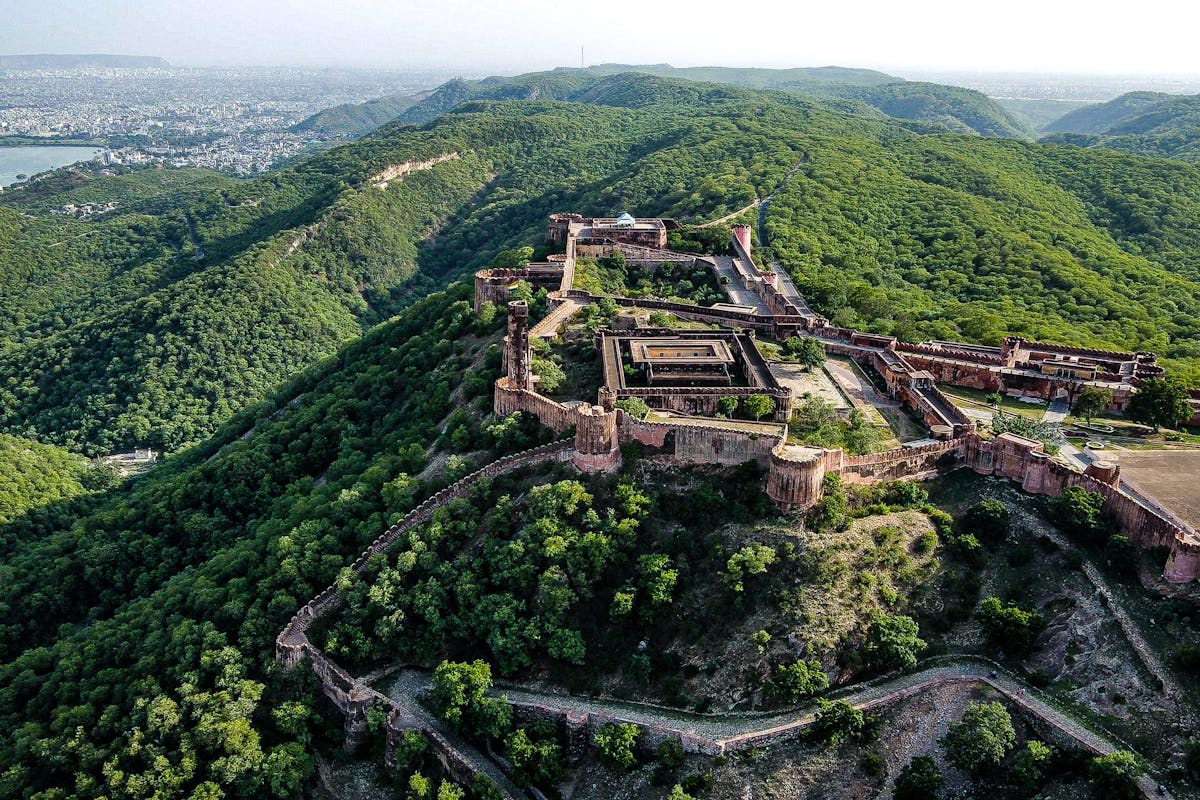Travel
Intrepid’s 2030 Tourism Targets: Can India’s Travel Ecosystem Support Them?

Skift Take
Intrepid’s vision for India is ambitious. However, the concerns of international travelers need to be addressed by India before inbound numbers can substantially increase.
Intrepid Travel’s India arm has a target of getting 30,000 tourists a year to India by 2030 — that’s four times the 7,500 it brought last year.
It may be doable, but there are plenty of challenges.
Pain points for international travelers? “There are many,” said Rama Mahendru, Intrepid’s country general manager for India.
One is about safety for female travelers. “We are trying to show a different side of India to tourists through women expedition trips for solo female travelers that are led by female tour operators while involving women-led businesses,” Mahendru said.
If India is serious about attracting international tourists, she said, hygiene and sanitation need immediate attention, particularly facilities like public restrooms.
International travelers are also concerned about petty thefts and overcharging by three-wheeler passenger vehicle (autorickshaw) drivers and local shops.
Mahendru said efforts need to be made to educate and encourage locals to be helpful to tourists so that they can leave with a positive impression about India.
Highlighting the need for skilled labor, Mahendru said, “We need more skilled workers in the hospitality industry so that they can behave professionally. We should invest in training programs for workers – from monument guides to the hospitality staff.”
In a recent report, Skift had noted how more workers are leaving the industry as a result of low wages and extended hours.
On the policy side, there is a need for streamlining and simplification of the visa process. India also needs to offer multi-entry visas, as opposed to the single/double-entry visa currently on offer, she said.
Central and state governments in India have been investing in infrastructure improvements over the past few years. When asked if there has been any impact of these programs on ground, Mahendru said that the improvements have reached metro cities and urban areas, and now the focus need to shift to smaller areas.
Upgrading civic amenities and public conveniences also needs to be a focal point, along with tourist assistance programs, she noted.
Changing Source Markets
On the way to its 2030 goals, Intrepid is aiming to bring more than 12,000 travelers to India this year and is turning towards the North American market.
“Last year, India had 9.23 million foreign tourists, out of which 22% were from the U.S. market. We should capitalize on that, because it is the one of the largest source markets,” Mahendru told Skift.
Pre-pandemic, about 60% of customers visiting India through Intrepid were from Australia, followed by the UK and U.S. In 2023, about 50% of Intrepid clients coming to India were from North America.
“In our 2030 strategy, we have a roadmap to tap this North American market. They have deep pockets and they want to travel more,” she said.
Mahendru observed that while previously, most of the people traveling with them were millenials or Gen Z, they now have many 60+ people traveling with them after Intrepid launched its premium style trips. However, the company offers tours to suit all budgets: their travel styles range from basix and original to comfort and premium.
“Earlier, travelers would simply cover the Golden Triangle – Agra, Jaipur, and Delhi circuit and were done with it. But now, travelers are demanding more unique and authentic experiences, while looking for personalized trips,” she shared.









